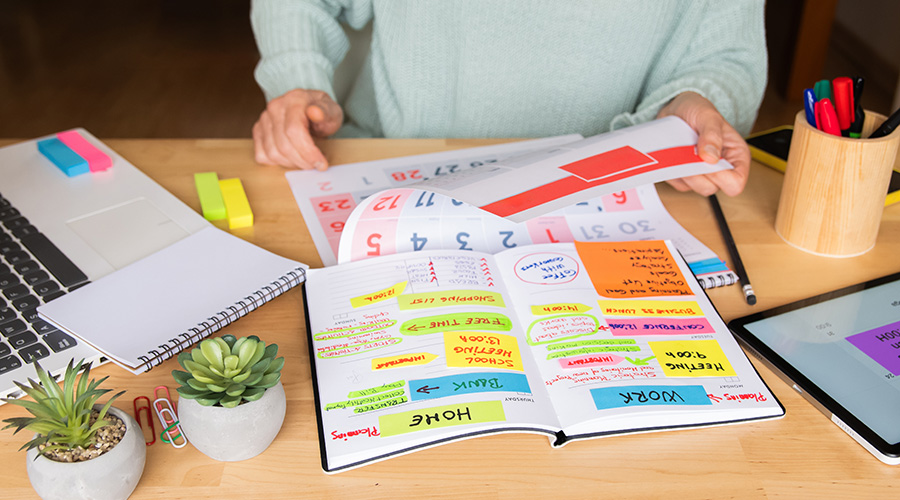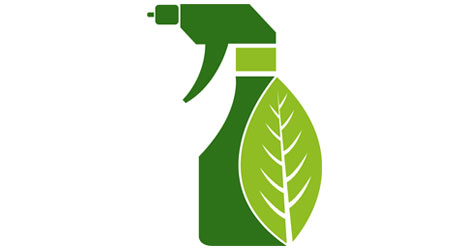Green Cleaning: First Steps on the Journey of Sustainability
First part of a 2-part article explaining how to get started with a green cleaning program.
We have often heard that sustainability is a journey, not a destination. This is also true with green cleaning. At the beginning of the journey there is often pushback due to the inertia of existing programs, especially when they are on-budget and occupants aren’t complaining. At the other end of the journey is the challenge of leadership and being a pioneer.
No matter where a facility and its cleaning program are on the continuum, the goal is to find the next step. Let’s take a look at next steps for programs at four different stages: no green cleaning program, basic program, established program, and advanced program.
Today there are lots of reasons why facility managers should embrace green cleaning as manufacturers have overcome concerns that green products don’t perform as well as or cost more than their traditional counterparts. While traditional products are safe when used according to directions, the new generation of green cleaning products further reduces the risk of harm to cleaning personnel, occupants, and the environment. Considering that billions of pounds of cleaning products are consumed each year in the United States, the opportunities for improvement are significant.
The single most important issue for launching a successful green cleaning program is to get buy-in throughout the organization. Meet with stakeholders. If a green team, health and safety team, or other similar group exists, get this topic on their agenda. Green cleaning can be an easy win without much effort or additional cost. In fact, green cleaning may actually save money.
The first activity should be to develop a green cleaning policy, which is simply a statement from the organization that this issue is important and aligns all the different stakeholders. It can address:
• Boundaries, such as for products used only in common or non-critical care areas, which may help some of those most apprehensive about switching to green products.
• Cost issues, such as stating any premium the organization may be willing to pay for green products. Cost savings, cost neutrality, or a percentage (i.e., less than 10 percent) which the organization is willing to pay to transition to greener products may be required.
• Those who are responsible for getting things done and a timetable for taking action or reviewing practices and the policy itself.
Creating a policy on green cleaning does not have to be difficult or time consuming. Numerous examples are available on the Internet. Also, consider the policy example offered by the US Green Building Council (USGBC) to meet requirements for the green cleaning policy in LEED: Building Operations and Maintenance.
Moving Beyond The Basics
Basic programs usually focus on products and, today, it would not be a surprise to find all buildings doing some green purchasing. Thus, it is recommended to begin by auditing the current program to determine exactly where it is and identify opportunities for improvement. This does not have to be a daunting task, especially because vendors, such as the distributors of cleaning products, are typically willing to help.
At a minimum, cleaning chemicals, paper products, and plastic can liners should be considered. Not only do these products have the greatest impacts on the environment, but they also represent the largest product spend categories. Ask the auditor/vendor to identify the various products being used, along with their thoughts on alternative green products (and what makes them green) and to include any cost considerations.
Some of the basic issues to look for include:
• Ready-to-use and aerosol cleaning chemicals can be replaced with concentrates, reducing packaging and other environmental impacts and significantly reducing cost. Determine which have third-party certifications.
• Paper includes two primary issues: the material composition and how it is dispensed. Determine the percentage of post-consumer recycled content, amount of agricultural waste, or if the product was made from rapidly regrowable fibers. As to the dispensers, multi-fold paper hand towels and single-roll toilet-tissue dispensers can be replaced with large rolls and multi-roll dispensers. This can reduce paper consumption by as much as 30 percent, reducing environmental impacts and saving money.
• Plastic can liners should be audited to determine if they are necessary in the first place. The size of the receptacles should be standardized, and the bags checked for correct size and thickness. Bags that are too large or unnecessarily thick waste resources and money, while those that are too thin often require the cans to be doubled-bagged, another waste of resources and money.
Related Topics:













